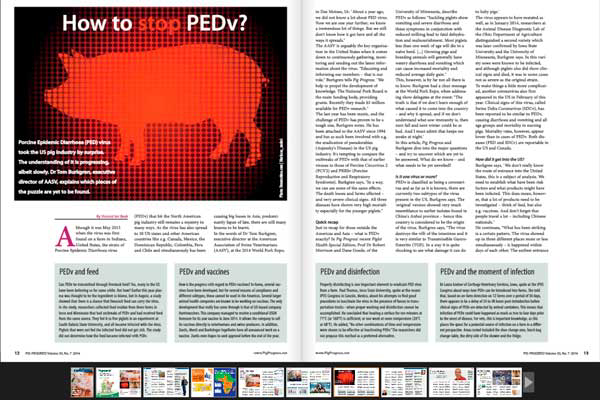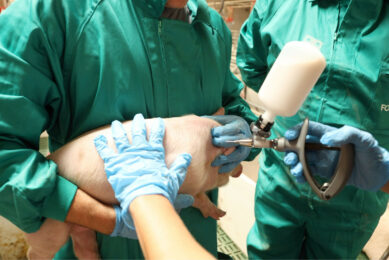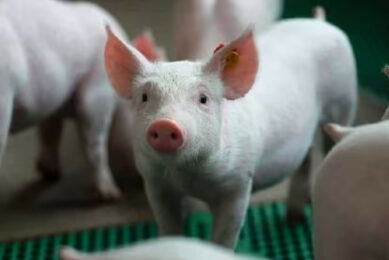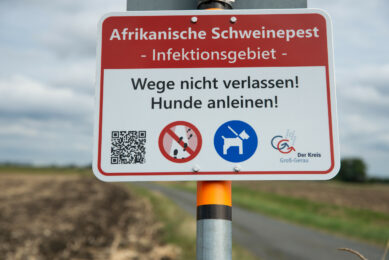Latest Pig Progress: Disease outbreak overview

Want to know the latest about PEDv or PRRS or ASF? Than surely this issue of Pig Progress is an edition not to miss.
The number one problem at the moment is no doubt Porcine Epidemic Diarrhoea (PED). Ever since the virus hit the United States in spring 2013, attention for the virus has gone viral as well and quickly grew out to become the most discussed disease of the moment.
Pig Progress spoke to Dr Tom Burkgren, the executive director of the American Association of Swine Veterinarians (AASV) and this resulted in a comprehensive overview of PEDv in the USA until now, and all answers that have hitherto been found. Read more about this on pages 12-14.
As for African Swine Fever, we wondered if it would be a good idea to focus back on the African continent for a change and have a look what has been going on there whilst Europe saw the virus coming closer. The result you can read on page 7.
As could be seen at the International Pig Veterinary Society (IPVS) Congress in Cancún, Mexico, one virus has not ceased to fascinate scientists and pork producers alike for over a decade: Porcine Reproductive and Respiratory Syndrome (PRRS). An all-encompassing vaccine is yet to be found as the virus proves to be mutating quite regularly and as such proves to be a more permanent challenge for veterinary science than Porcine Circovirus 2 (PCV2) was several years ago. Prof Hans Nauwynck from Ghent University, Belgium, summed up past, present and future of the virus at the congress – and an edited version of his presentation is kindly presented to you on pages 21-23.
With all these virus threats around, one would almost forget it is very well possible to achieve high production figures. This month’s farm visit takes you to Denmark, where the bar has been pushed up to 35 piglets/ sow/ year. Read all about it on pages 18-20.
Last but not least – the cover article. It sounds so logical: When providing liquid feed to pigs, why bother giving additional water? Well, you definitely should, explains Prof Peter Brooks in an extensive article on pages 8-12.











